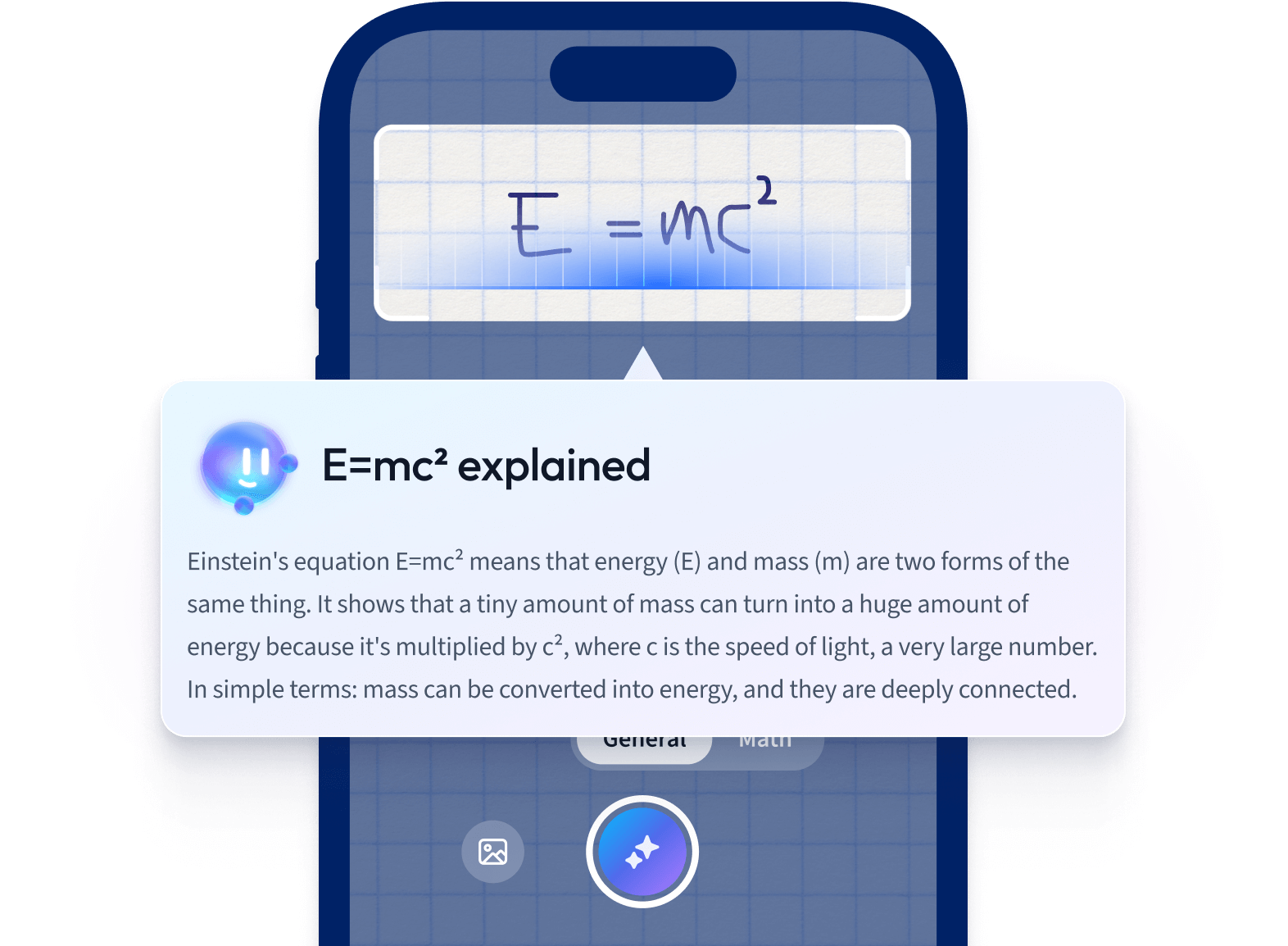For example, one hundred metres can be expressed as 100 m, but it can also be expressed as \(1 \cdot 10^3\) metres using standard form. The principle behind this equivalence is simple and involves multiplying the quantity by ten and raising it to a power that gives you the correct number. See the following two examples:
\(1000 \space grams = 1 \space kilogram = 1 \cdot 10^3 \space g\)
\(0.0000023 \space meters = 2.3 \space micrometers = 2.3 \cdot 10^{-6} m\)
The last numbers are the factor. So, for instance, if you multiply \(1 \cdot 10^3\) g, you get 1000 grams. The standard form also helps us to reduce large numbers to a smaller notation, as in the examples below.
\(1,530,000 \space watts = 1.53 \cdot 10^6 \space watts\)
\(45,500,000 \space calories = 45.5 \cdot 10^6 \space calories\)
\(120,000 \space kg = 12 \cdot 10^4 \space kg\)
Using standard form
Standard form is used differently, depending on the size of the number. If the number is smaller than the unit, the exponent is negative. If the number is larger than the unit, the exponent is positive.
Small numbers
Here is an explanation of how to use the standard form for small numbers.
First, check how many decimals your number is below the unit. Let’s use the example 0.0003.
To make the number 3 appear before the decimal point, you need to move the decimal point 4 places to the right.
Then you multiply three by ten. Your exponent is -4, giving you \(3 \cdot 10^{-4}\).
Large numbers
And here is an explanation of how to use the standard form for large numbers.
First, check how many decimals your number is above the unit. Let’s use the example \(32476.0\).
To make the number 3 appear immediately before the decimal point, you need to move the decimal point 4 places to the left.
Then you multiply three by ten. The exponent this time is 4, giving you \(3.2476 \cdot 10^4\).
What are the standard symbols?
The SI system allows you to exchange prefixes and standard form to symbols as and when necessary. The standard symbols are symbols used to replace factor forms and prefixes.
For example, 2.3 micrometres (prefix micro) is equal to both 2.3μm (symbol) and \(2.3 \cdot 10^{-6}\) m (standard form).
You can find a table with the prefixes, factors, and symbols used for all units below.
Symbols, standard form, representation, and names for large quantities
| Table 3. Symbols, standard form and representation of large quantities. |
|---|
| Symbol | Standard form | Representation | Name |
| Y | \(10 ^ {24}\) | 1,000,000,000,000,000,000,000,000 | Septillion |
| Z | \(10 ^ {21}\) | 1,000,000,000,000,000,000,000 | Sextillion |
| E | \(10 ^ {18}\) | 1,000,000,000,000,000,000 | Quintilion |
| P | \(10 ^ {15}\) | 1,000,000,000,000,000 | Quadrillion |
| T | \(10 ^ {12}\) | 1,000,000,000,000 | Trllion |
| G | \(10 ^ 9\) | 1,000,000,000 | Billion |
| M | \(10 ^ 6\) | 1,000,000 | million |
| k | \(10 ^ 3\) | 1,000 | Thousand |
| H | \(10 ^ 2\) | 100 | Hundred |
| ‘there’ | \(10 ^ 1\) | 10 | Ten |
Symbols, standard form, representation, and names for small quantities
| Table 4. Symbols, standard form, representation of small quantities. |
|---|
| Symbol | Standard form | Representation | Name |
| y | \(10 ^ {-24}\) | 0,000,000,000,000,000,000,000,001 | septillionth |
| z | \(10 ^ {-21}\) | 0,000,000,000,000,000,000,001 | sextillionth |
| a | \(10 ^ {-18}\) | 0,000,000,000,000,000,001 | quintilionth |
| f | \(10 ^ {-15}\) | 0,000,000,000,000,001 | quadrillionth |
| p | \(10 ^ {-12}\) | 0,000,000,000,001 | trllionth |
| n | \(10 ^ {-9}\) | 0,000,000,001 | billionth |
| μ | \(10 ^ {-6}\) | 0.000.001 | millionth |
| m | \(10 ^ {-3}\) | 0.0001 | thousandth |
| c | \(10 ^ {-2}\) | 0.01 | hundredth |
| d | \(10 ^ {-1}\) | 0.1 | tenth |
Standard form examples using units
Standard form is very useful when dealing with units and calculations in physics, mathematics, or engineering. Many quantities are very small, such as the charge of an electron, its mass, or even the pressure in pascals. See the following examples of using the standard form.
Calculate the total charge in Coulombs of an alpha particle and express the result using the standard form.
An alpha particle is made of two protons and two neutrons. The only charged particles are the protons, which have a charge of \(1.602176634 \cdot 10^{−19}\) C.
The total charge is the proton charge multiplied by two.
\(\text{Total charge} = (1.602 \cdot 10^{-19} C) \cdot 2 = 3.204 \cdot 10 ^{-19} C\)
Express the atmospheric pressure at sea level from pascals to grams per square metre using the standard form.
The accepted value for atmospheric pressure at sea level is 101325 Pa, and one pascal is equal to one newton applied over one square metre.
\(101325 \space Pa = 101325 \space N/m^2\)
We also know that a newton is equal to one kilogram per metre over a square second.
\(101325 \space N/m^2 = 101325 (kg \cdot m)/s^2m^2 = 101325 kg/s^2m\)
And we know that one kilogram is 1000 grams.
\(101325 kg/s^2 m = 101325000 g/s^2 m\)
This quantity is very large, so we can express it using standard form.
\(101325000 g/s^2m = 1.01 \cdot 10^8 g/s^2m\)
This is a much shorter and better way to express the pressure if you use grams.
Standard Form - Key takeaways
- The SI system allows you to use compact forms to represent small and large quantities in numbers. The compact form is called standard form.
- Standard form uses exponents where the number is multiplied by factors of ten to make expressions more compact. Examples of expressing numbers in standard form are \(100 = 1 \cdot 10^2\) and \(1000 = 1 \cdot 10^3\).
- In standard form, quantities larger than the unit use a positive exponent, while quantities smaller than the unit use a negative exponent such as \(0.1 = 1 \cdot 10^{-1}\)
- The SI system also uses symbols to replace prefixes and factor forms.
How we ensure our content is accurate and trustworthy?
At StudySmarter, we have created a learning platform that serves millions of students. Meet
the people who work hard to deliver fact based content as well as making sure it is verified.
Content Creation Process:
Lily Hulatt is a Digital Content Specialist with over three years of experience in content strategy and curriculum design. She gained her PhD in English Literature from Durham University in 2022, taught in Durham University’s English Studies Department, and has contributed to a number of publications. Lily specialises in English Literature, English Language, History, and Philosophy.
Get to know Lily
Content Quality Monitored by:
Gabriel Freitas is an AI Engineer with a solid experience in software development, machine learning algorithms, and generative AI, including large language models’ (LLMs) applications. Graduated in Electrical Engineering at the University of São Paulo, he is currently pursuing an MSc in Computer Engineering at the University of Campinas, specializing in machine learning topics. Gabriel has a strong background in software engineering and has worked on projects involving computer vision, embedded AI, and LLM applications.
Get to know Gabriel











